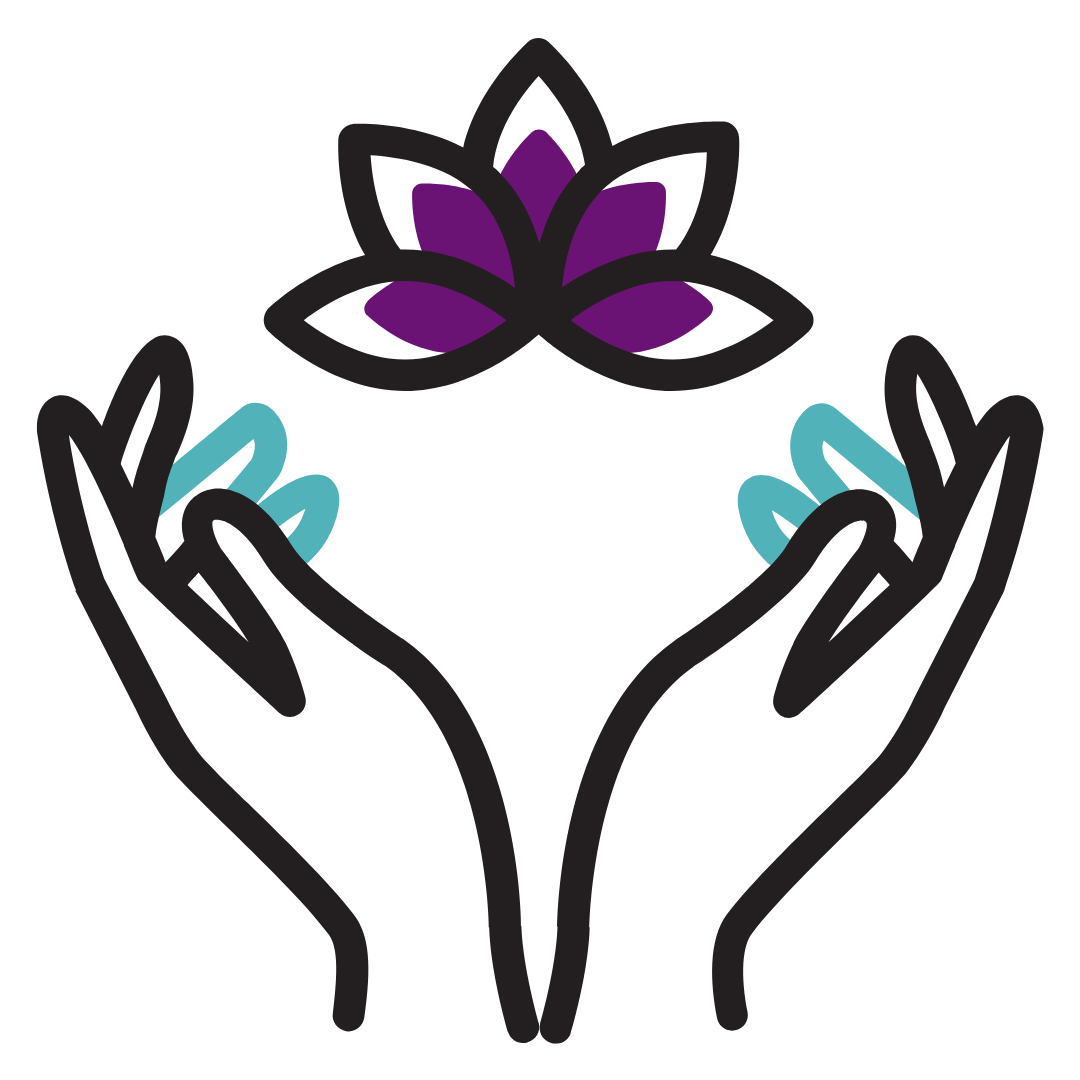Why Holistic Health Matters For Underserved Women
October 2025

There’s a saying: "When the rich catch a cold, the poor catch pneumonia." This phrase isn’t just about illness — it’s about how social conditions shape the severity and impact of health challenges. Minor health concerns easily managed in wealthy communities can become life-threatening crises for those with fewer resources. This is the reality faced by millions of underserved women today. To understand why, we need to look beyond individual behavior and into the broader forces shaping health outcomes: the social determinants of health.
.png)
What Are Social Determinants of Health?
According to the Office of Disease Prevention and Health Promotion, social determinants of health refer to the surrounding conditions and environments that shape a person’s health, development, daily functioning, and overallquality of life, including where they are born, grow up, study, work, spend leisure time, practice their faith, and age.
Social Determinants of Health (SDOH) are grouped in the following five categories:
- Economic Stability
- Education Access and Quality
- Health Care Access and Quality
- Neighborhood and Built Environment
- Social and Community Context
These factors explain why two people with the same medical condition may experience dramatically different outcomes based solely on their life circumstances.
.png)
Who Are Underserved Women?
Underserved or under-resourced women are women who face structural barriers to health and well-being, including:
- Poverty or low income
- Racial or ethnic minority status
- Living in rural or under-resourced urban areas
- Lack of health insurance or underinsurance
- Language barriers or immigration-related challenges
- Single parenthood or caregiving burdens
Key U.S. statistics:
- About 25% of women in the U.S. report delaying or skipping needed health care due to cost (Kaiser Family Foundation, 2022).
- About 10% of women aged 19–64 are uninsured, with higher rates among Latina, Native American, and Black women (Kaiser Family Foundation, 2023).
- Low-income women face higher rates of chronic diseases, depression, and anxiety, but often experience delayed or inadequate treatment.
The interplay between social determinants and structural barriers means that underserved women face not just isolated challenges, but a compounded and disproportionate health burden — one that arises from the environments they live in, the opportunities they lack, and the systemic inequities that shape their daily lives.
.png)
The High Cost of Quality Healthcare Who Are Underserved Women?
Even when women recognize their health needs, they often struggle to access care. Quality healthcare in the U.S. is expensive, and underserved women frequently face:
- Delayed care or skipping medical visits due to costs
- Lack of preventive services, leading to advanced health problems
- Challenges with transportation, time off work, childcare, and navigating complex healthcare systems
This creates a vicious cycle: limited access to care leads to poorer health outcomes, which increases costs and deepens inequality.
.png)
Holistic Health: A Low-Cost, Community-Based Solution
Holistic health offers an important alternative. But what does it mean?
Holistic health is a whole-person approach that recognizes the connection between the body, mind, spirit, and community. It includes practices like mindfulness, yoga, nutrition, breathwork, social support, and stress management. Many holistic practices come from ancient traditions and have been adapted into modern programs.
Why is holistic health beneficial for underserved communities?
- It focuses on prevention and resilience rather than expensive treatments.
- Many practices can be low-cost or free and accessed in community spaces.
- Holistic interventions strengthen mental health, social support, and coping skills.
- They empower women to take an active role in their well-being, even when formal healthcare systems fall short.
.png)
Akhila Health: Supporting Underserved Women
At Akhila Health, we believe every woman deserves access to healing tools, regardless of her background or income level.
Our organization provides:
- Workshops focused on self-care and stress management, using tools such as breathwork, mindfulness, meditation, and other modalities.
- Community partnerships that extend our reach to women who traditional health systems might otherwise overlook.
We work to empower underserved women, helping them strengthen their well-being and reclaim their health, not just for themselves but also for their families and communities.
Holistic health isn’t a luxury; it’s a vital, accessible strategy to close health gaps and uplift underserved women. By supporting whole-person, communitycentered care, we can create healthier, more resilient communities for all. Want to get involved?
- Visit our resources page to explore the programs we offer.
- Follow us on Instagram, Facebook, and LinkedIn to stay connected.
- Consider donating to help us expand our reach and impact.
Together, we can help underserved women access the healing and care they deserve.
.png)
References
Kaiser Family Foundation. (2022, December 14). Americans’ challenges with health care costs. Kaiser Family Foundation. https://www.kff.org/healthcosts/issue-brief/americans-challenges-with-health-care-costs/
Kaiser Family Foundation. (2023, March 22). Women’s health insurancecoverage. Kaiser Family Foundation. https://www.kff.org/womens-healthpolicy/fact-sheet/womens-health-insurance-coverage/
Office of Disease Prevention and Health Promotion. (n.d.). Social determinants of health. U.S. Department of Health and Human Services. https://odphp.health.gov/healthypeople/priority-areas/socialdeterminants-health
.png)
Join the Cause
Wondering how you can help?
Want to help underserved women access critical stress management services?
Together we can build a happier and healthier future for all women